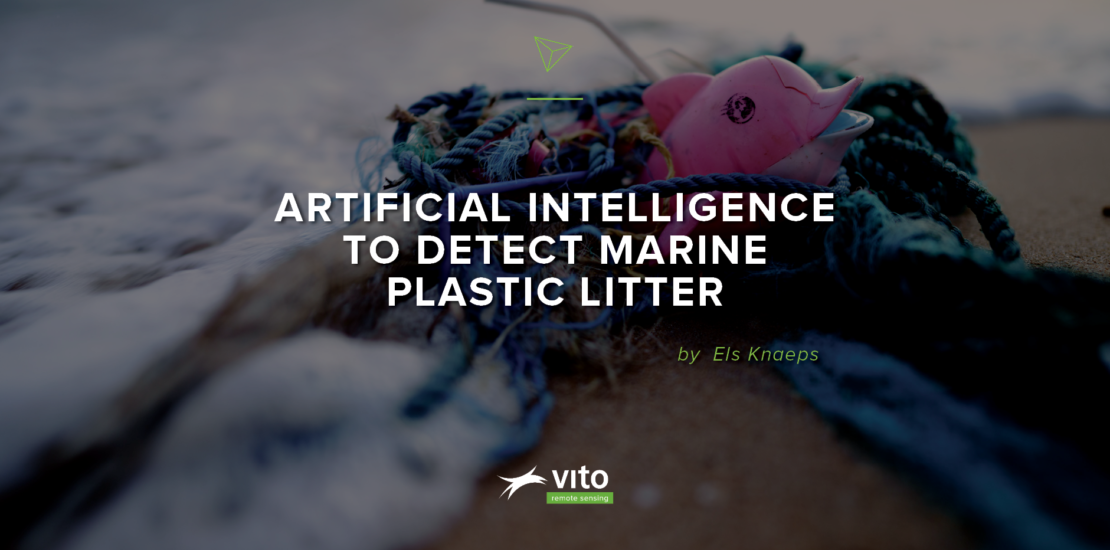- April 1, 2022
- Posted by: EARSC
- Category: Members News

Marine plastic litter is one of the major environmental problems we are facing today. Tons of plastics end up in our oceans hereby impacting marine biodiversity. The problem is already addressed by the UN SDG’s and the EU’s Mission Starfish, and recent, on 3 March 2022, a historic resolution named “End Plastic Pollution” was adopted at the 5th UN Environment Assembly to end plastic pollution and forge an international legally binding agreement by 2024.
In order to tackle plastic pollution, we first need to clarify how and where plastics really enter the ocean. Current field samplings and models only provide a small part of the answer. Remote sensing through satellites, drones and fixed cameras can enhance this understanding and provide ways to follow up implemented regulations. Discover how we combine our expertise in ocean optics, spectral image processing and AI to detect and characterize individual pieces of macro litter and accumulation areas, including a glimpse on the first results.
- by Els Knaeps 17.03.2022
DETECTING MARINE PLASTIC LITTER! WHERE IT ALL STARTED
The use of remote sensing technologies to detect and characterize marine plastic litter is still fairly new. Although the technology is already used in industrial sorting, the application in an outdoor marine environment is much more complex. Several years ago we started with the first experiments in a lab environment to first better characterize the spectral reflectance of marine plastics. It gave us insight on the effects of water, weathering and structure of the plastics. This was an essential first step to develop algorithms for plastic detection and select the most appropriate sensors to be used in the outdoor environment.
We’ve been using this knowledge to process images from both drones and fixed cameras in multiple marine plastic detection projects e.g. AIDMAP (ESA – The Discovery Campaign on Remote Sensing of Plastic Marine Litter ) and PLUXIN. In these research projects we focus on the detection of plastic accumulation areas and individual pieces of plastic litter in rivers. Both can provide important information to understand the pathway of marine litter from source to sink and to support clean up actions.
Read more at https://blog.vito.be/remotesensing/ai-marine-plastic-litter
